
Rio Tinto Estimates 14 MnT Iron Ore Production Loss After Cyclone Damage
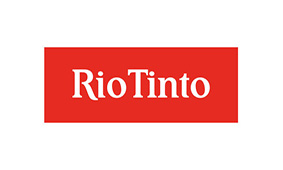
The impact of the disruption to production caused by the cyclone and repairing the damage sustained at the port facilities, combined with the damage caused by the fire at Cape Lambert A in January, will result in a loss of approximately 14 MnT of production in 2019. As a result, Rio Tinto’s Pilbara shipments in 2019 are expected to be at the lower end of the 338 and 350 MnT (100 per cent basis) guidance provided.
Pilbara port Authority had resumed operations at Port Hedland and Port Ashburton following infrastructure assessment, post the cyclone Veronica but, the cyclone resulted in severe damages at Cape Lambert A port. Cape Lambert A has a capacity to export upto 85 MnTpa. Earlier, in Jan the miner had declared force majeure at its Cape Lambert port due to fire broke out at the port export facilities.
Australia is world's largest exporter of iron ore with about 95% of iron ore accounting from Port Hedland, Dampier and Cape Lambert. All the three ports were suspended on 22nd Mar amidst the cyclone veronica. Besides, major miners BHP Billiton and FMG operations were hampered amidst operation Halt at Port Hedland, the world's largest bulk export port.
According to data maintained with SteelMint, Australia iron ore exports stood at around 853 MnT in CY18.
Rio Tinto iron ore shipment up in CY18
Rio Tinto recorded an increase in its CY18 shipments. Rio Tinto’s Pilbara iron ore shipments reported at 338.2 MnT, up against 330.2 MnT shipments in CY17. The rise owes to ramp of expanded mines and minimal weather disruptions. Rio Tinto’s Pilbara iron ore production increased on yearly basis to 337.8 MnT, compared to CY17 production which was at 329.8 MnT. In last quarter of CY18, the Pilbara iron ore shipment witnessed at 87.4 MnT (on 100% basis), up by 7% against 81.9 MnT in last quarter. Also, Pilbara iron ore production witnessed increase by 5% to 86.6 MnT against 82.5 MnT in Q3 CY18.



Column: EU’s pledge for $250 billion of US energy imports is delusional
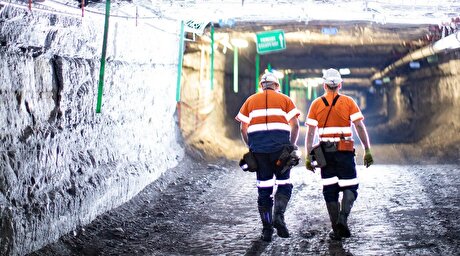
Anglo American posts $1.9B loss, cuts dividend
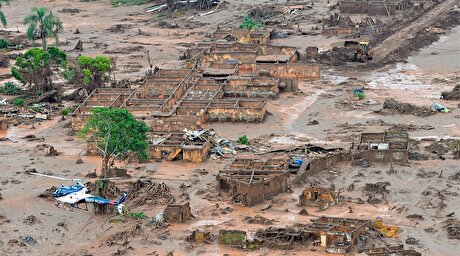
BHP, Vale accused of ‘cheating’ UK law firm out of $1.7 billion in fees

Ramaco Resources secures five year permit for Brook rare earth mine in Wyoming
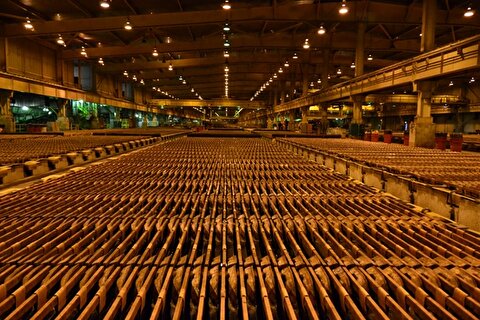
Southern Copper expects turmoil from US-China trade war to hit copper
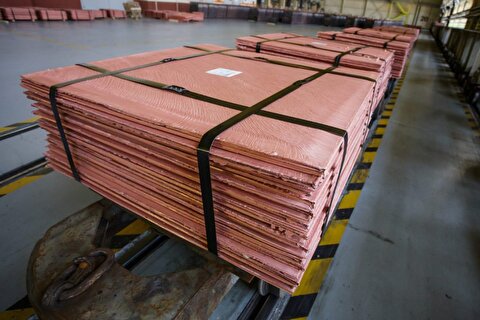
Trump tariff surprise triggers implosion of massive copper trade
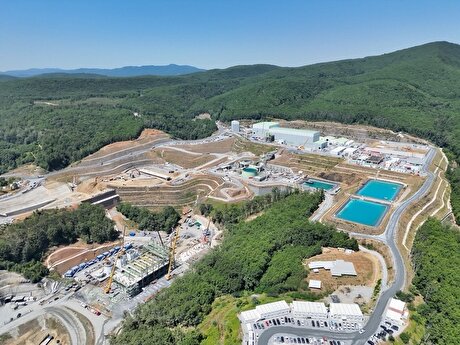
Eldorado to kick off $1B Skouries mine production in early 2026
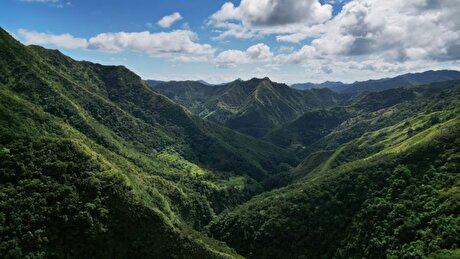
St Augustine PFS confirms ‘world-class’ potential of Kingking project with $4.2B value
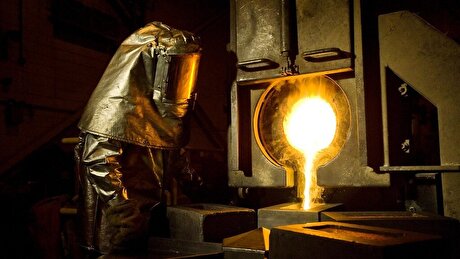
Newmont nets $100M payment related Akyem mine sale

Caterpillar sees US tariff hit of up to $1.5 billion this year
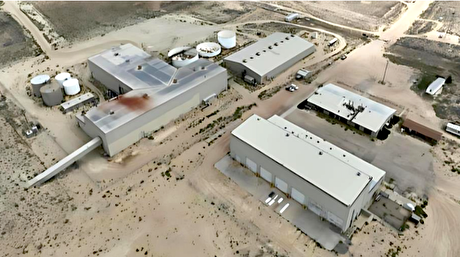
Uranium Energy’s Sweetwater plant on fast track for in-situ mining approval
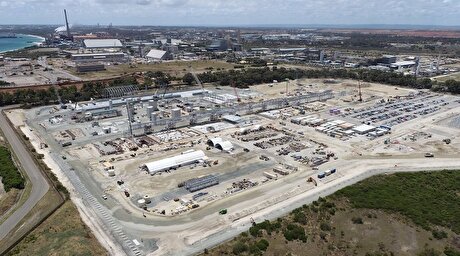
Tianqi Lithium Australia JV says it is prioritizing long-term viability of refinery

First Quantum scores $1B streaming deal with Royal Gold
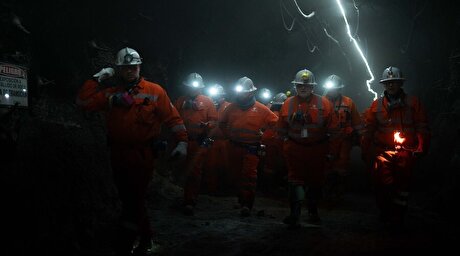
One dead, five missing after collapse at Chile copper mine

Eldorado to kick off $1B Skouries mine production in early 2026

Newmont nets $100M payment related Akyem mine sale
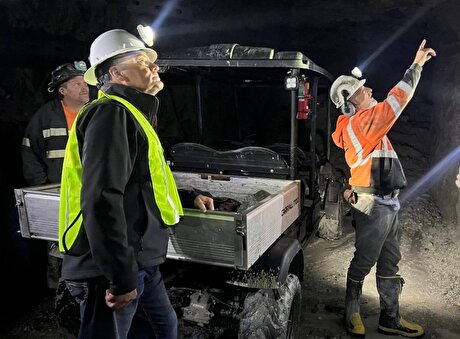
Idaho Strategic rises on gold property acquisition from Hecla

Goldman told clients to go long copper a day before price plunge
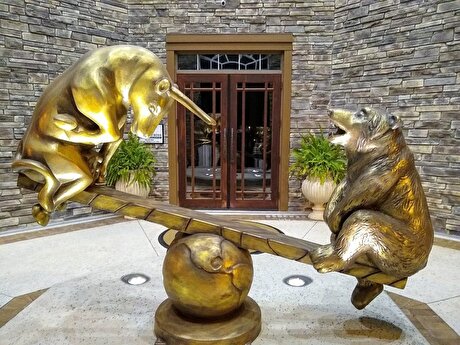
Gold price rebounds nearly 2% on US payrolls data

Caterpillar sees US tariff hit of up to $1.5 billion this year

Uranium Energy’s Sweetwater plant on fast track for in-situ mining approval

Tianqi Lithium Australia JV says it is prioritizing long-term viability of refinery

First Quantum scores $1B streaming deal with Royal Gold

One dead, five missing after collapse at Chile copper mine

Eldorado to kick off $1B Skouries mine production in early 2026

Newmont nets $100M payment related Akyem mine sale

Idaho Strategic rises on gold property acquisition from Hecla

Goldman told clients to go long copper a day before price plunge














